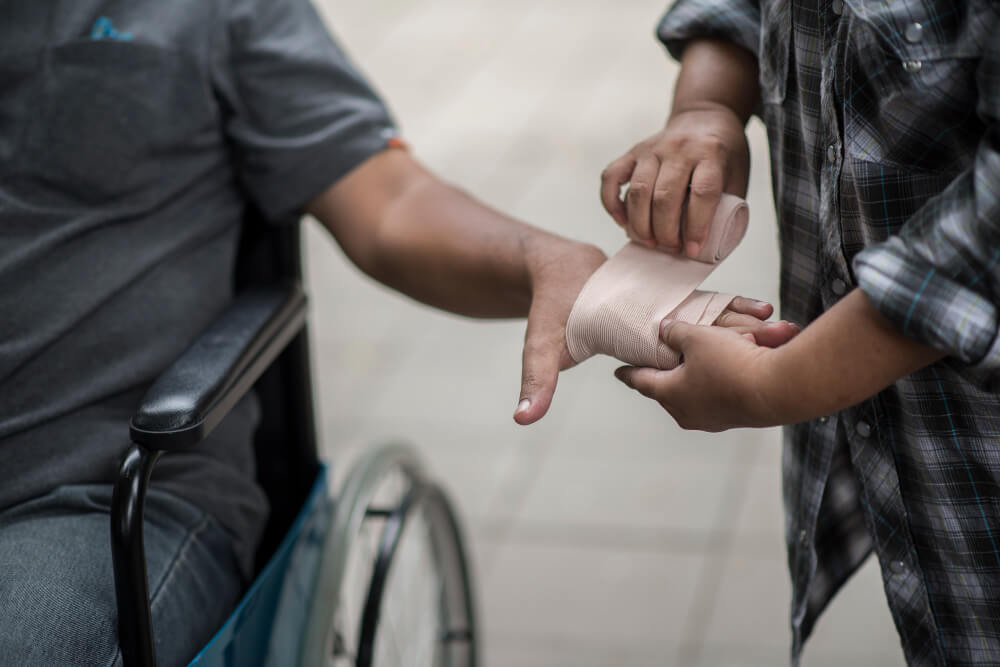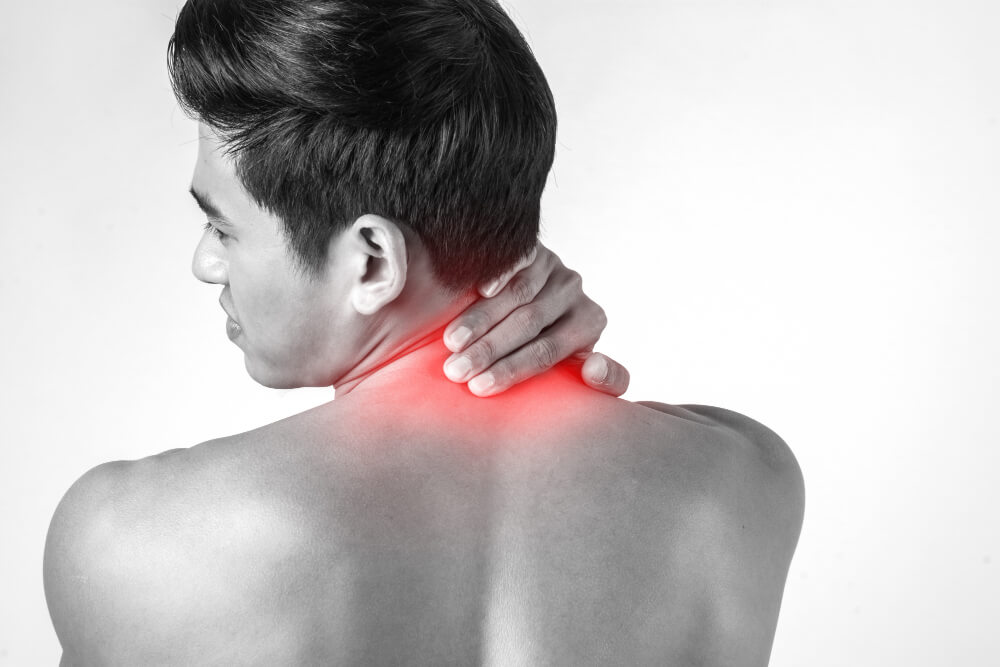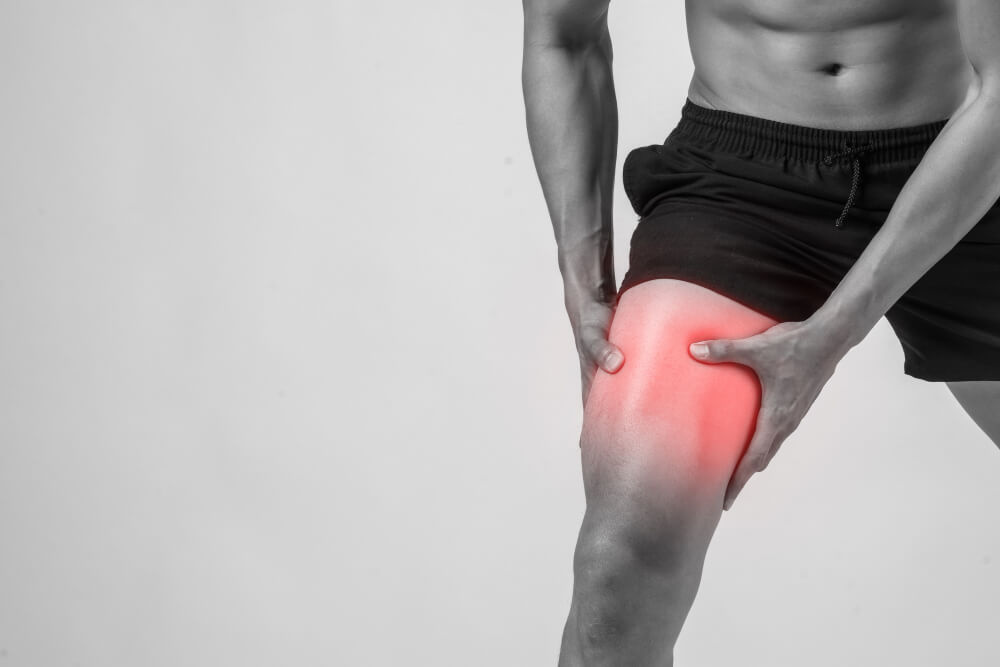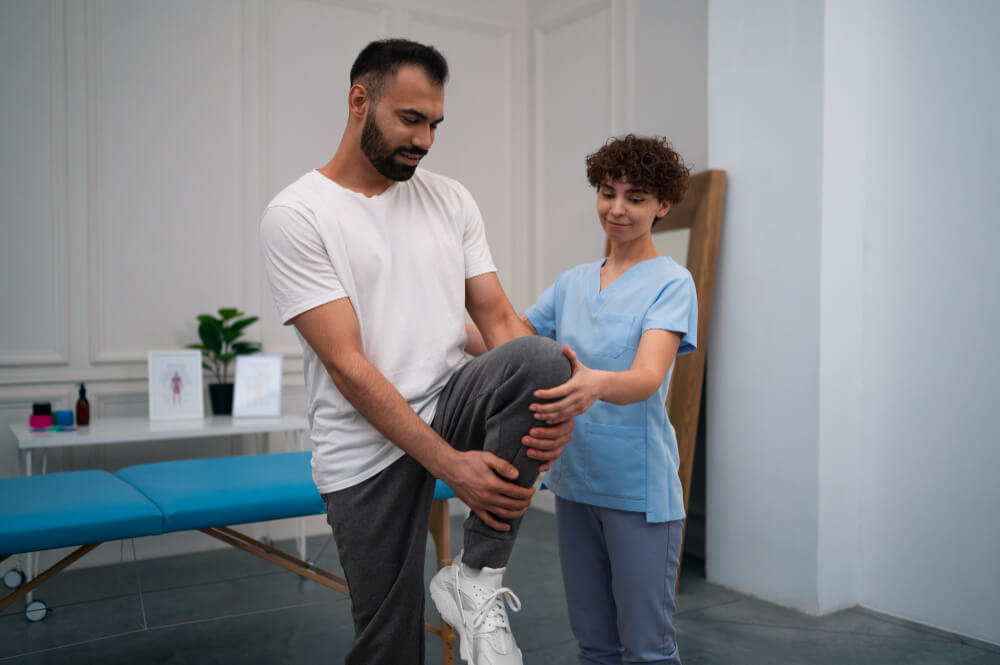Pain Management Clinics for Low Back Pain
Low back pain is a widespread problem that affects people of all ages. It can be caused by a variety of factors, including muscle strains, herniated discs, and degenerative conditions. Pain management clinics specialize in providing effective treatments for low back pain, helping individuals to reduce their symptoms and improve their overall well-being.
Understanding Low Back Pain
Low back pain can vary in severity and duration. It may be caused by acute injuries, chronic conditions, or underlying medical problems.
Common Causes of Low Back Pain
- Muscle strains and sprains
- Herniated discs
- Degenerative disc disease
- Arthritis
- Osteoporosis
- Spinal stenosis
Symptoms of Low Back Pain
- Aching or stabbing pain in the lower back
- Radiating pain down the legs (sciatica)
- Muscle spasms
- Limited range of motion
- Numbness or tingling in the legs
The Role of Pain Management Clinics
Pain management clinics offer a comprehensive approach to treating low back pain. They provide a variety of treatments and therapies tailored to meet the individual needs of each patient.
- Pain Assessment Conducting a thorough evaluation to assess the severity of your low back pain and identify any underlying causes.
- Treatment Planning Developing personalized treatment plans based on your individual needs and goals.
- Medication Management Prescribing pain medications, anti-inflammatory drugs, or muscle relaxants as appropriate.
- Physical Therapy Providing physical therapy to improve muscle strength, flexibility, and posture.
- Occupational Therapy Offering strategies to adapt daily activities and reduce strain on the lower back.
Non-Pharmacological Treatments for Low Back Pain

In addition to medications, pain management clinics may offer a variety of non-pharmacological treatments, including:
- Injections Corticosteroid injections or nerve blocks to reduce pain and inflammation.
- Hot and Cold Therapy Applying heat or cold to the affected area to relieve pain and reduce inflammation.
- Lifestyle Modifications Making changes to your lifestyle, such as losing weight, exercising regularly, and improving posture.
Advanced Pain Management Techniques
Some pain management clinics may offer advanced techniques for treating low back pain, such as:
- Spinal Cord Stimulation Using electrical stimulation to modulate pain signals.
- Regenerative Medicine Utilizing stem cells or other regenerative therapies to repair damaged tissue.
- Minimally Invasive Procedures Performing minimally invasive procedures to treat herniated discs or other spinal conditions.
The Benefits of Seeking Care at a Pain Management Clinic
Seeking care at a pain management clinic can offer several benefits, including:
- Personalized Care Receiving individualized treatment plans tailored to your specific needs.
- Improved Quality of Life Reducing pain and improving overall well-being.
- Access to Advanced Treatments Benefitting from the latest advancements in pain management.
- Comprehensive Support Receiving support from a team of healthcare professionals who specialize in pain management.
Pain management clinics offer a comprehensive approach to treating low back pain, providing personalized care, advanced treatment options, and support for individuals seeking relief. By seeking expert guidance and following a tailored treatment plan, individuals with low back pain can improve their quality of life, reduce pain, and regain functionality. With the advancements in pain management techniques and technologies, pain management clinics are well-equipped to address the unique needs of each patient and provide effective solutions for chronic low back pain.



















